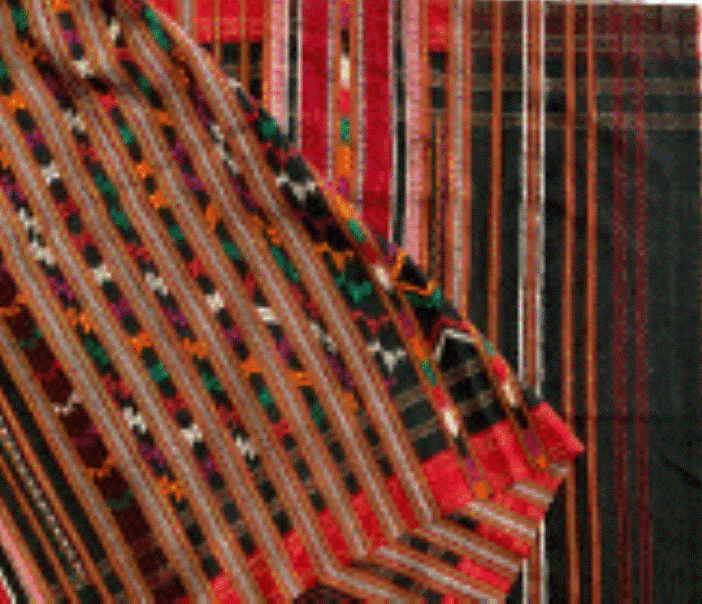
Pattu
Pattu: A Tapestry of Tradition and
Craftsmanship
Introduction: Pattu, a captivating textile art form originating from Rajasthan and Gujrat, India, weaves together the rich tapestry of tradition and craftsmanship. Evolved in the arid landscapes and vibrant communities of the region, Pattu has become an emblem of cultural heritage and artistic excellence.
Historical
Significance and Craftsmanship: With an elusive
origin and roots deeply embedded in the Meghwal community, Pattu stands as a
testament to the ingenuity of its weavers. The craft involves intricate weaving
techniques and the use of fine materials, predominantly merino and local sheep
wool. Master craftsmen, honed by time and tradition, meticulously create
alluring geometric patterns that adorn the fabric, reflecting the inspiration
drawn from the surrounding landscapes. The process encompasses sourcing raw
materials, including hand-spun wool and cotton yarn, dyeing with vibrant
colors, and the utilization of a pit loom called "khaddi" for
weaving.
Cultural
Significance and Community: Pattu is not merely a
textile; it represents a way of life and a vibrant community. The Meghwal
weavers have dedicated their lives to preserving this ancient craft, passing
down the techniques from one generation to the next. Pattu serves as a symbol
of their cultural identity and heritage, as well as a means of sustenance and
self-sufficiency. The craft has become an integral part of the community's
social fabric, fostering a sense of togetherness and pride.
Evolution
and Contemporary Significance: Over time, Pattu has
evolved from being solely used by the community itself to a sought-after
textile, admired for its quality and craftsmanship. In addition to traditional
shawls, Pattu now finds its way into a variety of contemporary designs,
including clothing and home decor. Despite the challenges posed by modernity
and changing market dynamics, Pattu continues to captivate individuals seeking
a connection to tradition and a celebration of artisanal excellence.
Conclusion: Pattu weaves a story of skill, resilience, and cultural pride. It
showcases the mastery of Meghwal weavers, who have sustained a craft deeply
rooted in tradition. As this vibrant textile continues to evolve and captivate
the world with its allure, Pattu stands as a testament to the enduring power of
craftsmanship and the preservation of cultural heritage.
1. Pattu Origins: The craft of Pattu making
has evolved in Patan, Gujrat with its origins dating back in time. The name
"Pattu" comes from the word "patti," which means thin
strips of cloth in the regional language.
2. Weaving Community: Home to the Meghwal
community, who live together like one big family. They preserve the art of
Pattu weaving and have sustained a sustainable lifestyle by growing crops like
jowar and bajra for consumption and trade.
3. Craft Process: Pattu weaving involves
fine weaving with intricate geometric patterns. The wool, originally sourced
from local sheep using razors called "Ustra," was hand-spun by women
in the community. However, the raw materials are now sourced from Bikaner, including
cotton and wool yarn.
4. Dyeing: Local dyers are consulted to
induce bright colors into the yarn using various dyes such as vat dyes, sulphur
dyes, naphthols for cotton, and acid dyes for wool.
5. Loom and Weaving: The weavers use a pit
loom called "khaddi" traditionally to weave Pattu. The twill weave is
employed, and the extra weft technique is used for borders, resembling kashida
embroidery. Different designs and motifs inspired by the surroundings are
incorporated, such as fish, huts, trees, etc., using geometric shapes and
patterns.
6. Challenges and Pride: While the weavers'
community faces challenges and the decline of their craft, they take pride in
preserving Pattu. They believe in the value of their craft and reject the
allure of city life for better-paying jobs.
7.The Essence of Community: The weavers not
only weave fabric but also weave together the fabric of an inseparable society.
They maintain a sense of gratitude, beauty, and grace, cherishing the value of
their craft and human connection.